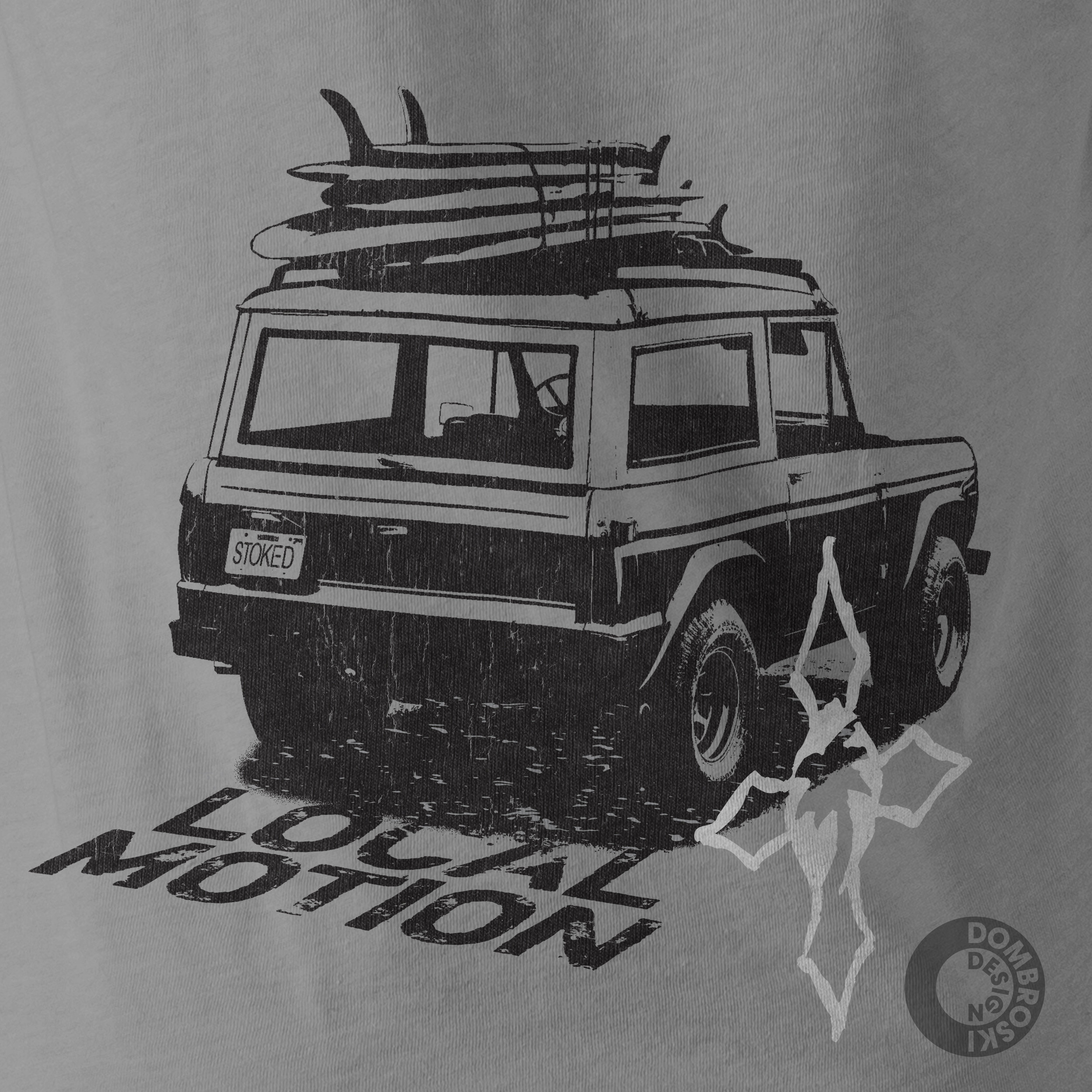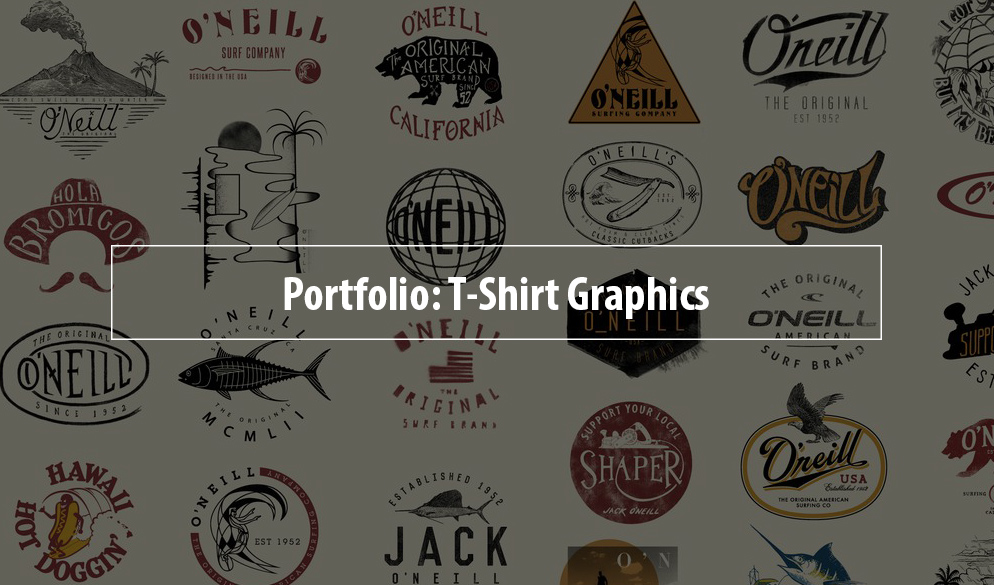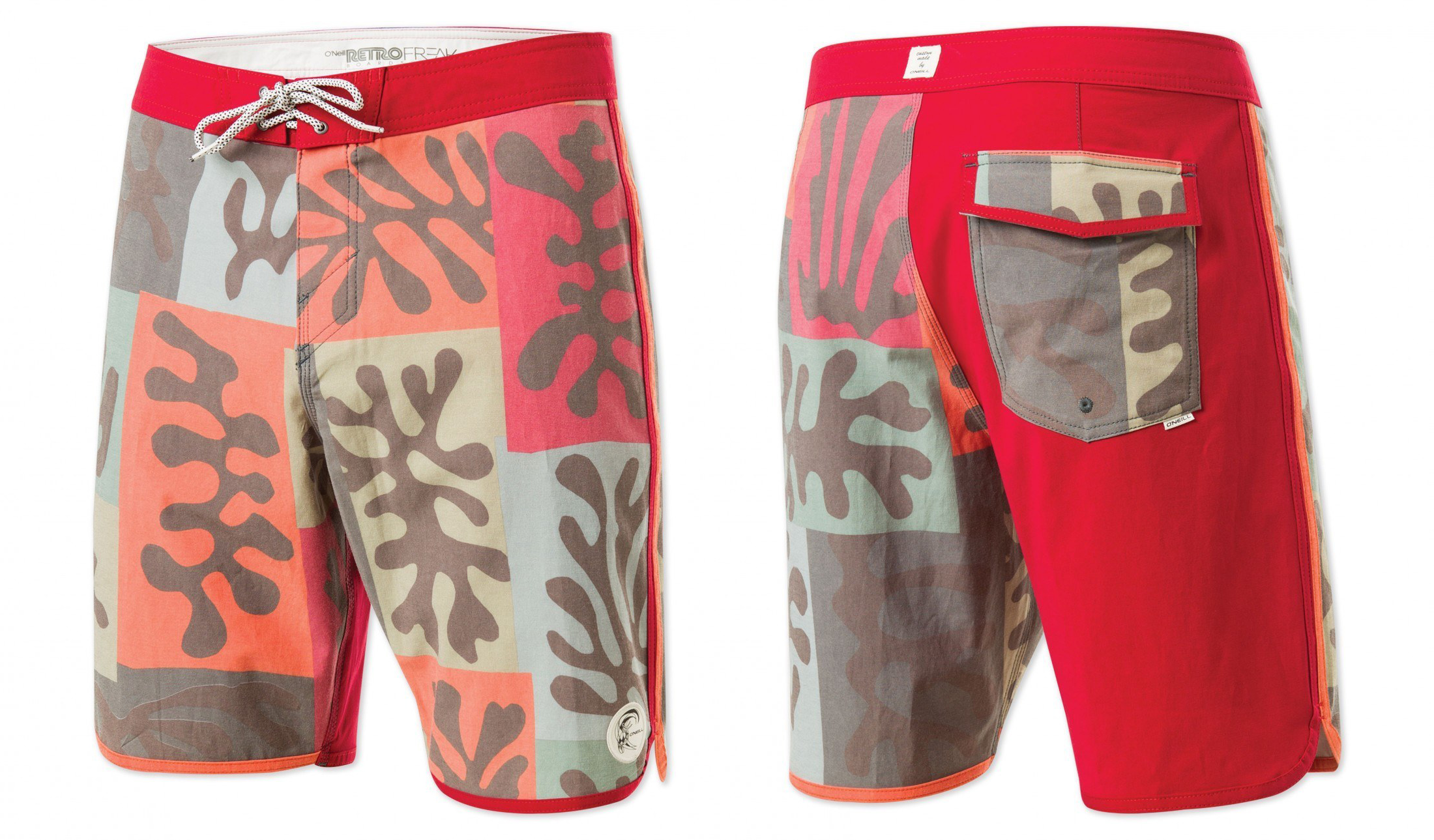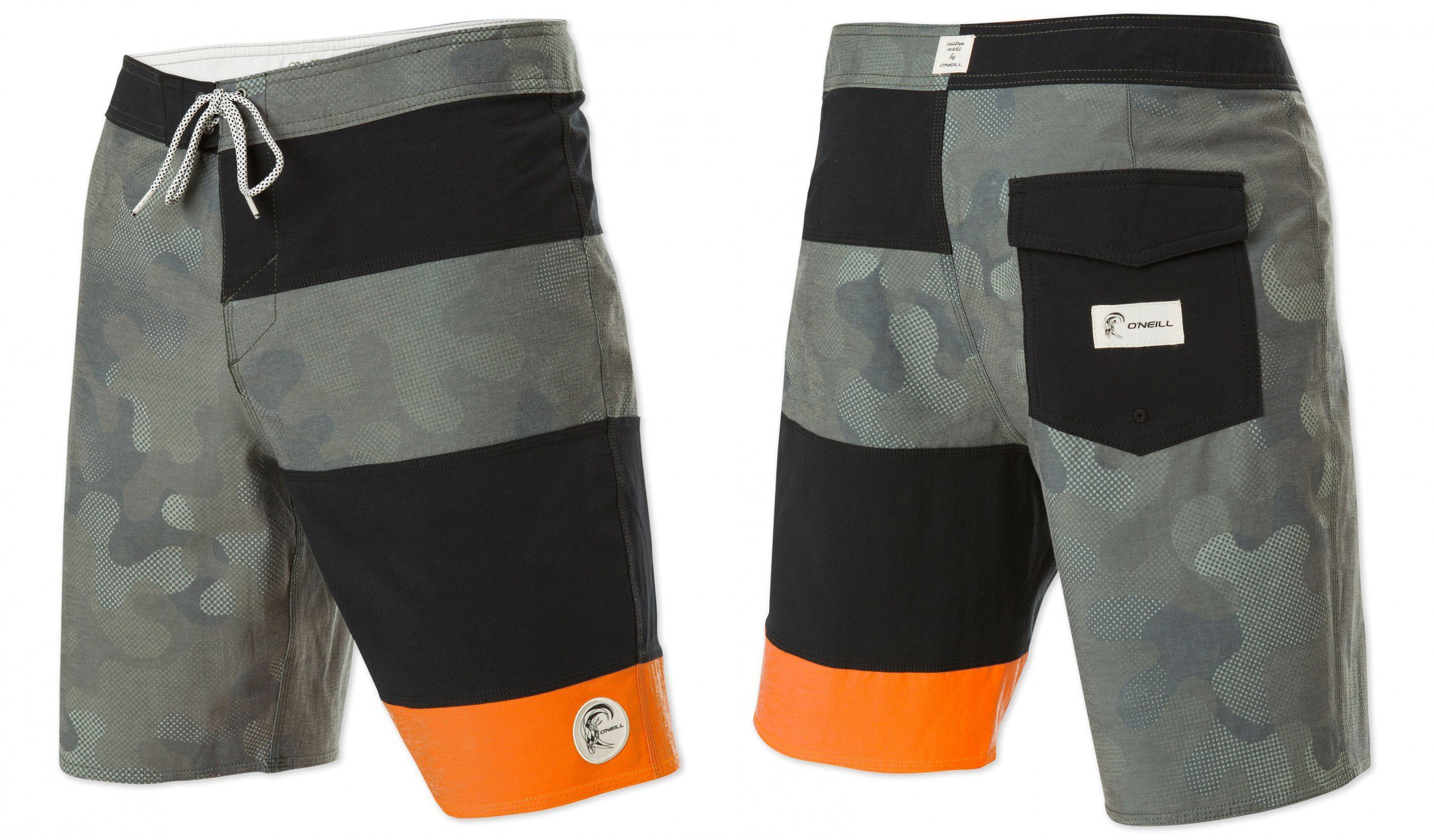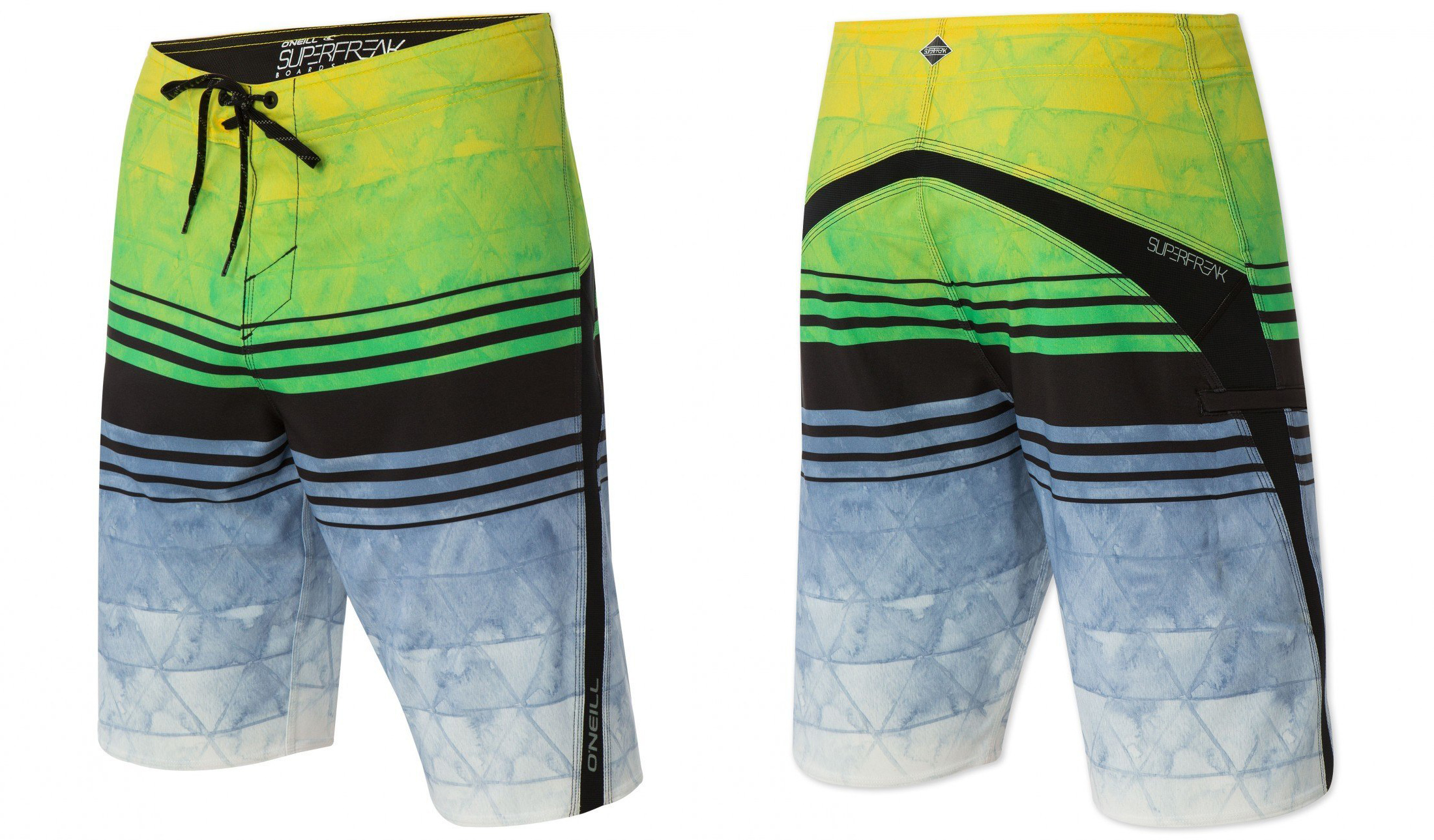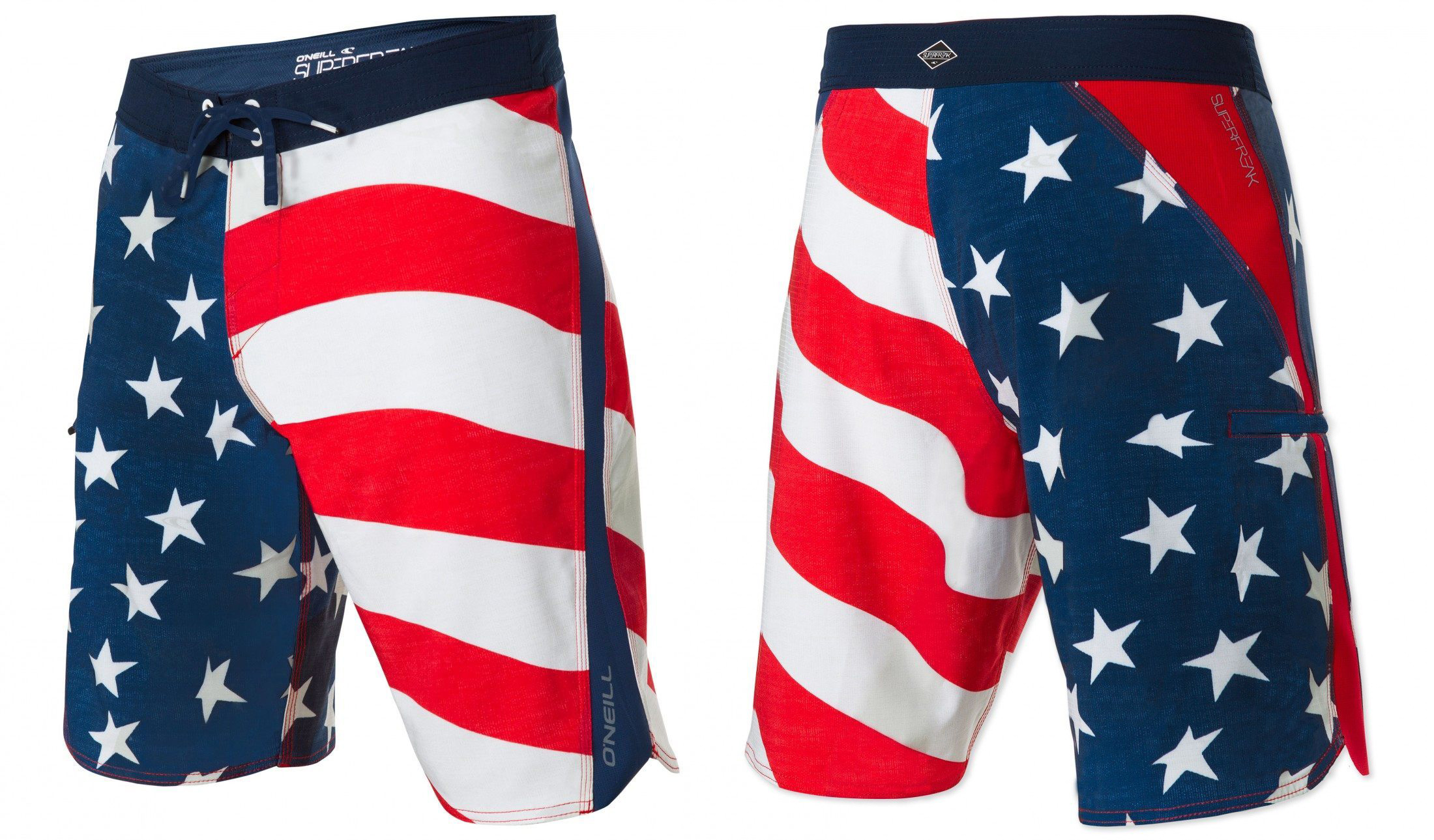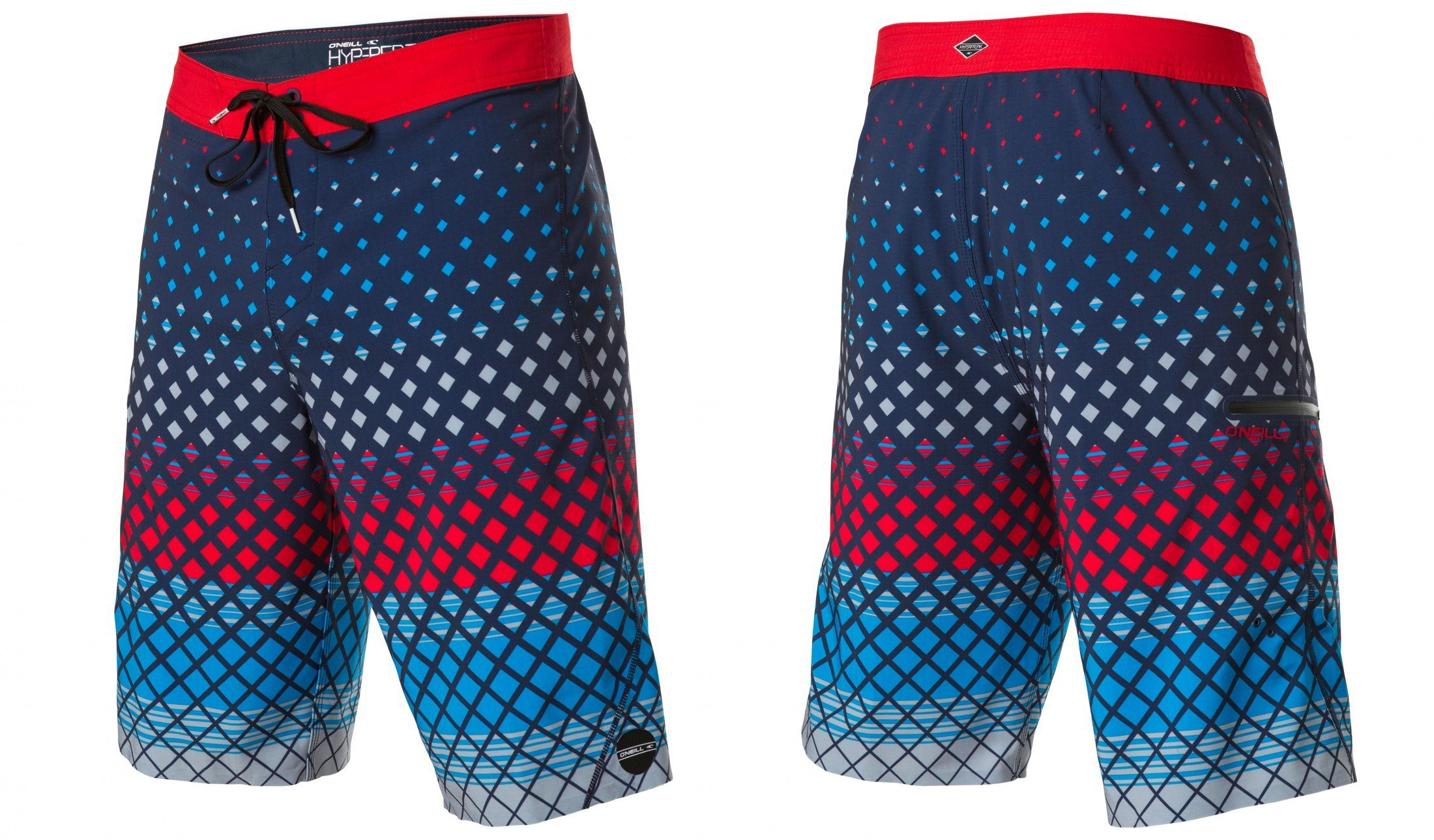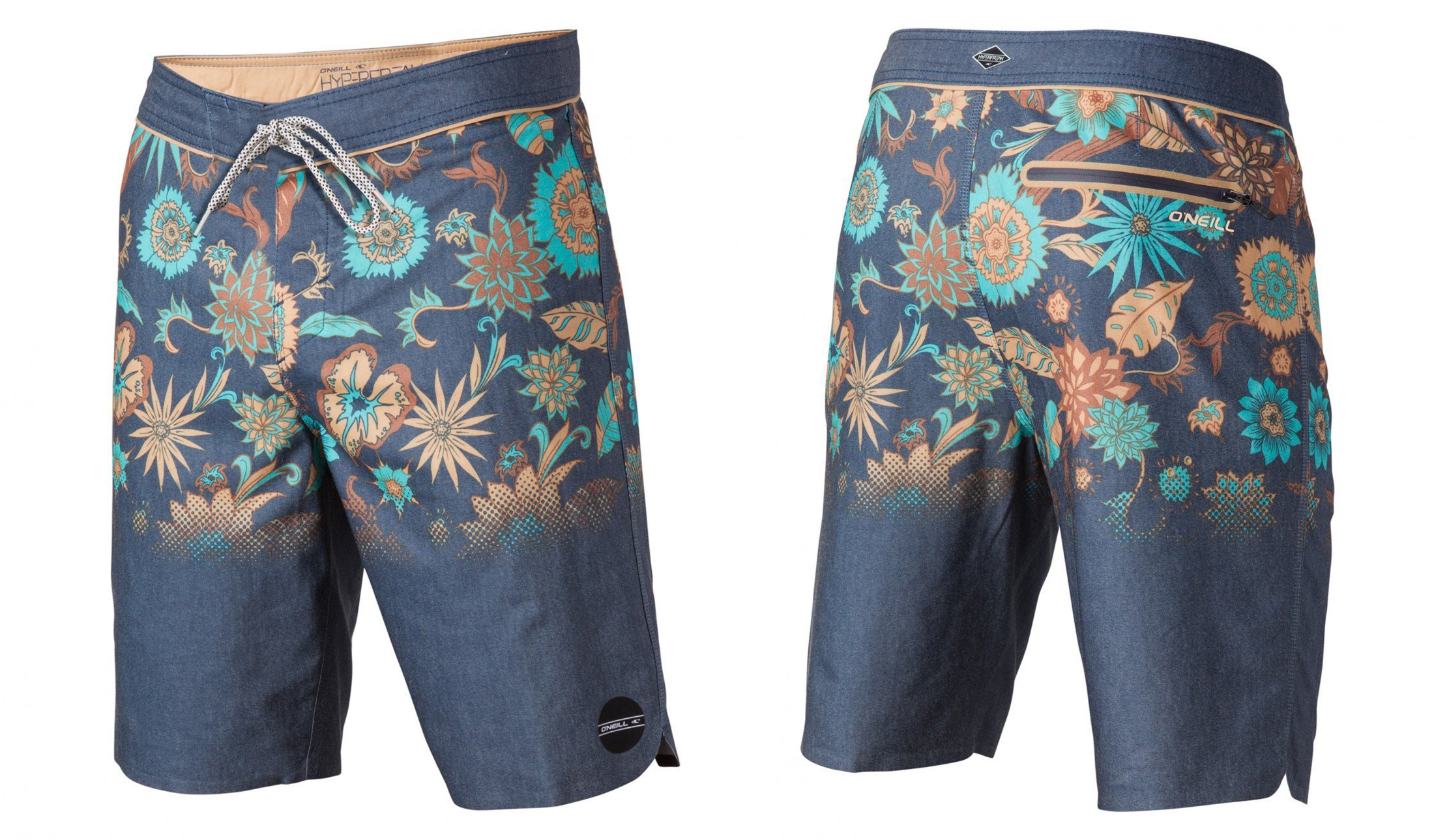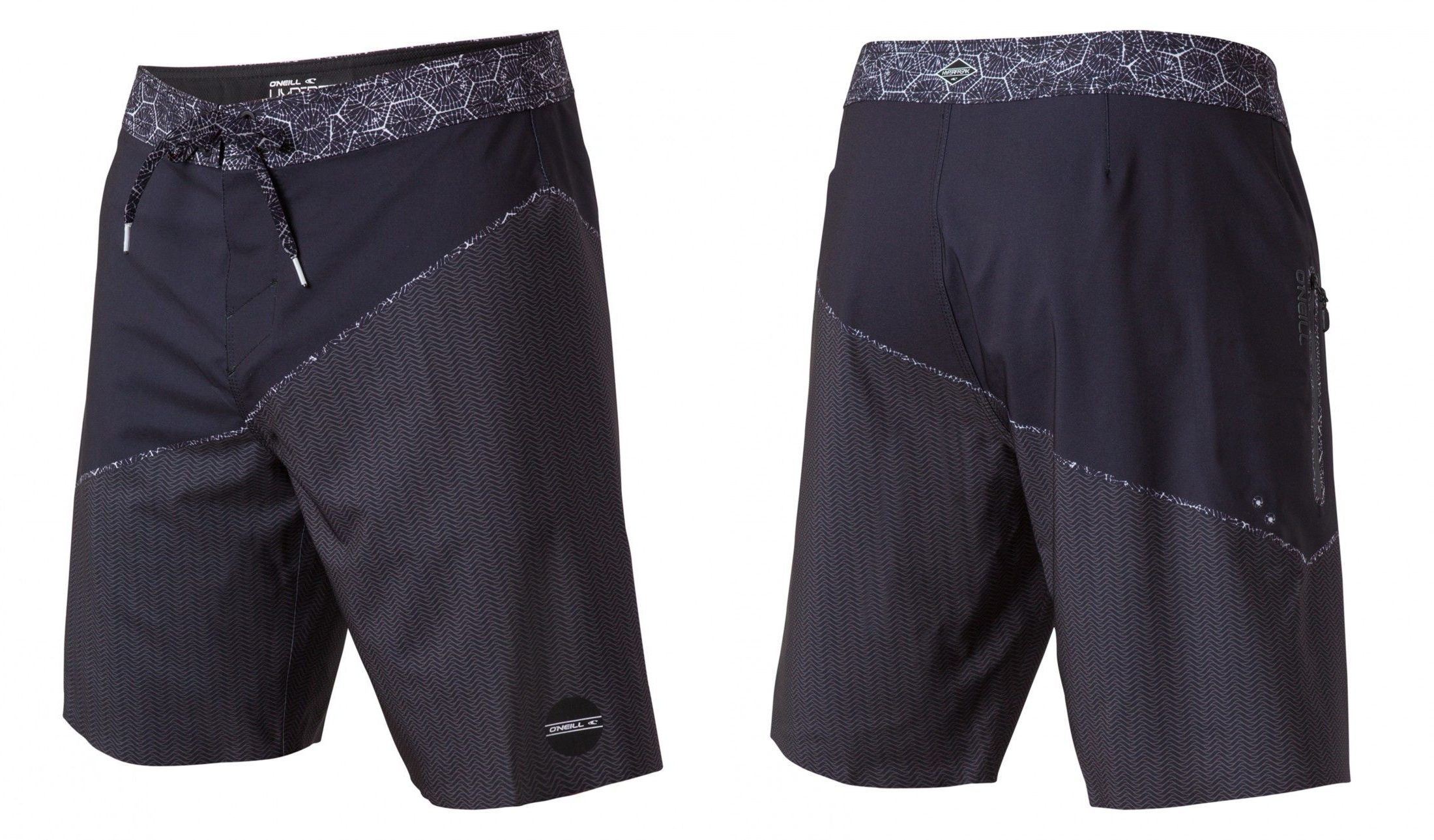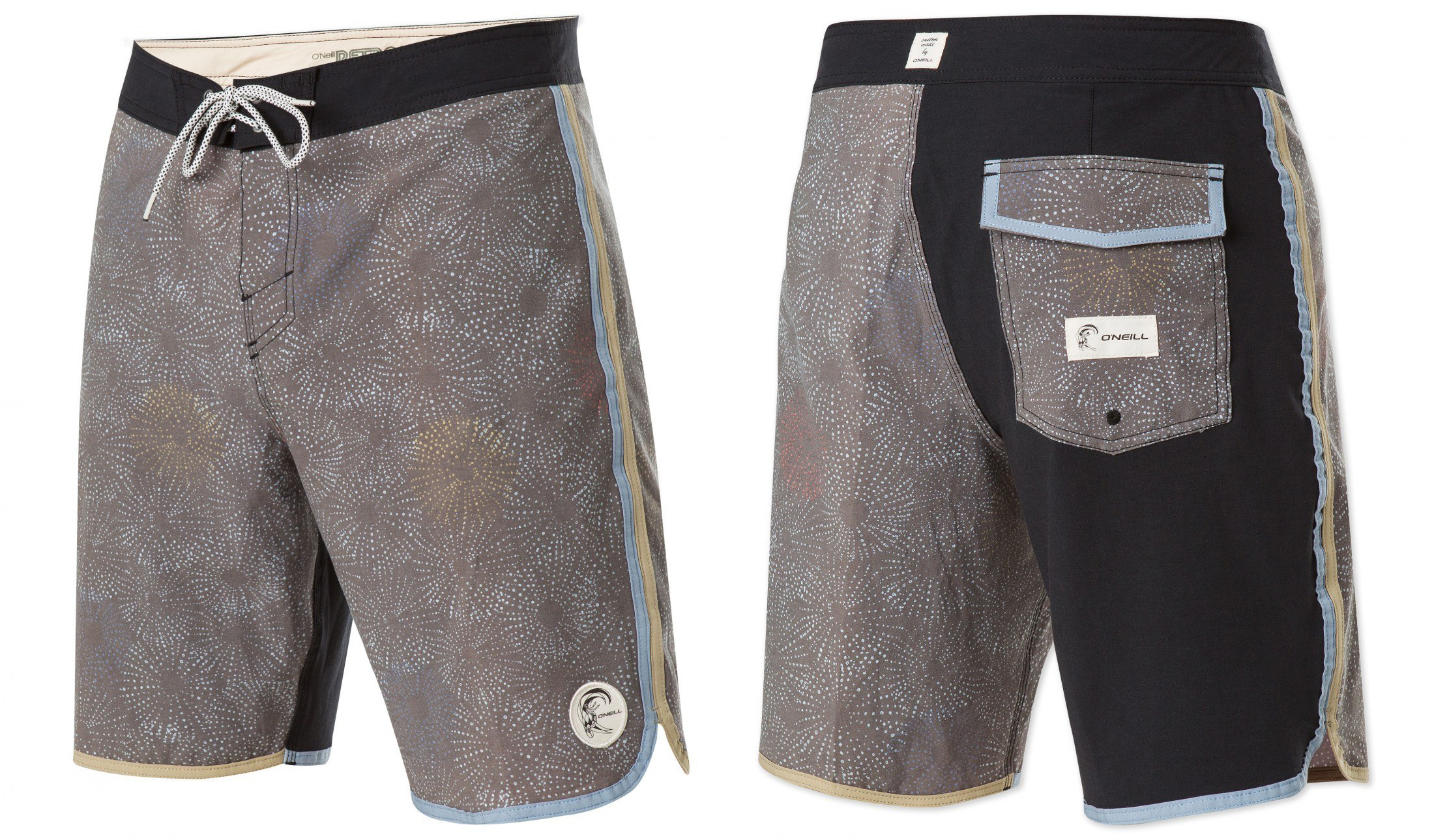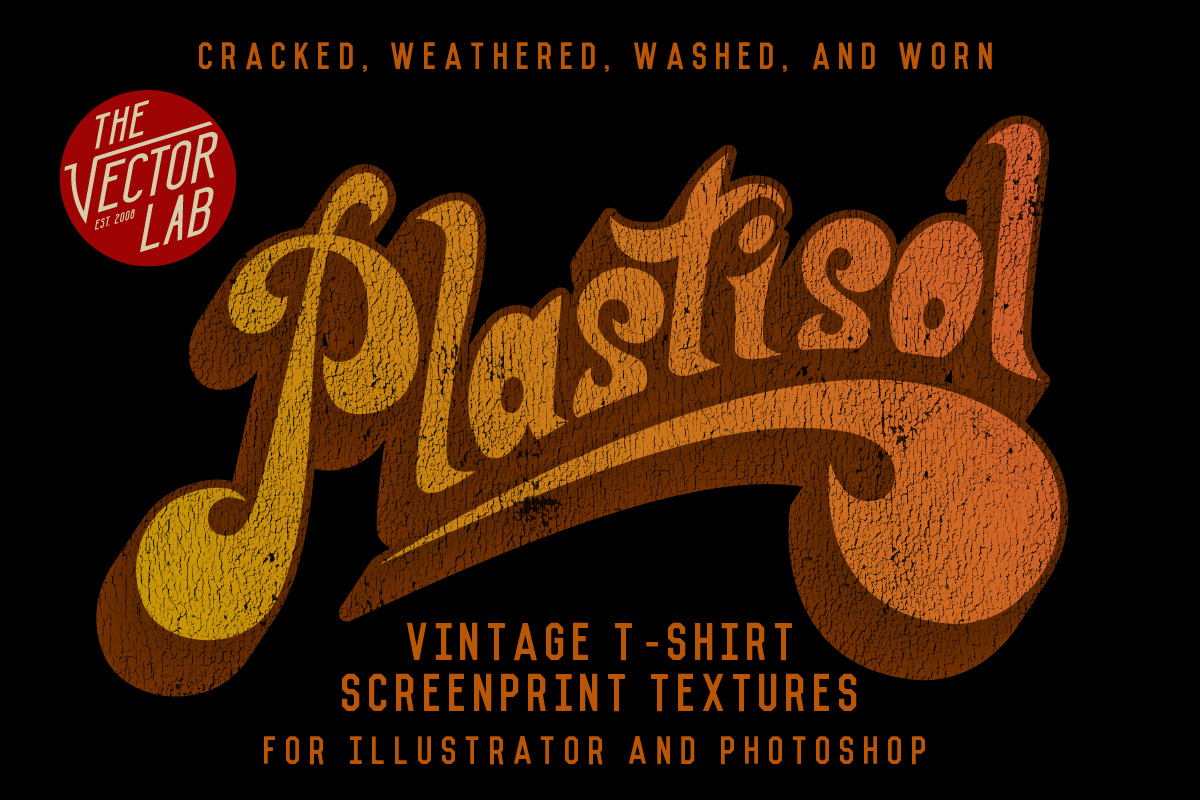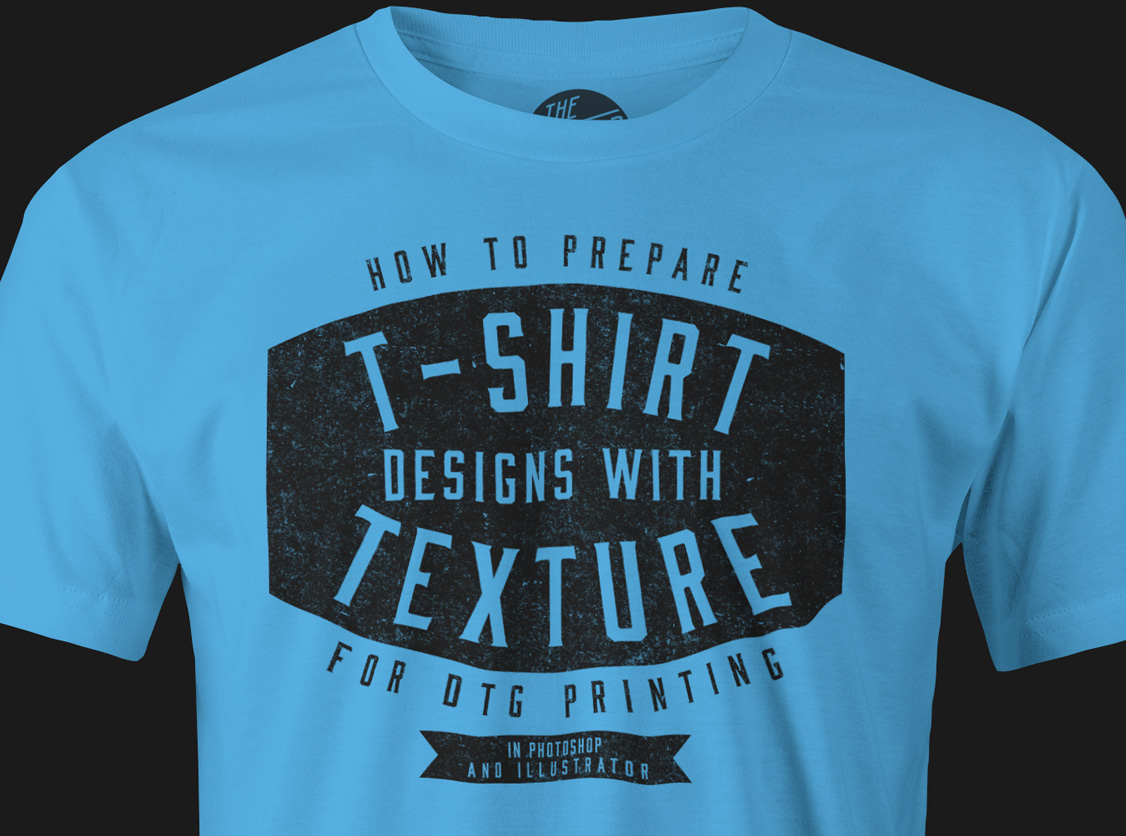My answer is skewed towards t-shirt graphic design because that has been my focus, but you can take the spirit of it and apply these steps to your own desired flavor of graphic design work.
Going back to my first clients straight out of design school, the following are the steps I took to get my first surf industry clients like Ocean Pacific, Local Motion, T&C Surf Designs, and Body Glove. These are also the steps I would take now to find new desirable clients:
1) Decide on a company to target.
Small to medium sized companies are the best bet. But I imagine this strategy could also work with large companies like Nike.
2) Find the appropriate contact person.
Find the name of the Art Director or Creative Director for your desired line of work. Example: t-shirt graphics, marketing, etc. LinkedIn is probably the best way to find out who is who nowadays.
3) Make initial contact
Call the company, ask for the Art Director, and ask that person if they take outside submissions for artwork. This step is optional, but it's a good idea to give it a shot. I feel like a telephone call is more effective because EVERYONE ELSE would attempt this by email. The point here is to stand out just a bit by displaying some effort.
4) Make your own project
Unless your target company is one of the few that readily asks for and accepts outside art submissions, you will probably need to make your own self-directed project. Design graphics using their branding (t-shirt designs, or a fictional advertisement for example). Whatever you design, it has to be really good. Quality of design needs to be as good as something they would make in-house.
5) Print these designs up in physical form.
If they are t-shirt designs, you could print them onto t-shirts with a hobby screen-printing kit (about $50 from Michaels or Amazon). Or, you could print them out on nice archival paper, like they are big art prints that someone would hang on a wall. The point is to really impress the person opening the package. Make it super easy for them to imagine your designs printed on their products, or in their ads. Your designs should be specifically made for that brand. Sending a hand screen-printed design is way better than an 8.5 x 11 inkjet print because it shows you don't mind putting effort into your craft.
6) Package everything up and mail it to the Art Director.
Put a note in the package that says "I'm interested in designing for your company. Let me know if you have a need for some design work." Don't forget to put your name, email, and phone number.
7) See if you get a response.
Send the package, and give it a week or so and see if you get a call back. If not, call and see if your person got the package, and if they would be interested in talking. That should get your foot in the door if your designs are pretty good. If it doesn't go anywhere, at least you can put it in your portfolio as a self-directed project to show to other companies.
The point is, avoid what your competition does. Go old-school and call instead of emailing. This isn't a hashtag-filled broadcast for everyone in your Instagram or Facebook feed to see. It's a focused package specifically made for your Art Director contact. Print things oversized, (hand-made, if possible or appropriate) and actually send it in the mail. It takes some effort. But it will get you noticed, because this sort of thing is rare these days. No need to be outlandish or obnoxious. Don't come across as pushy or burdensome. Don't put your contact into a position of doing extra work. Just surprise and delight the Art Director with good graphic designs - this will get you noticed.
~Ray Dombroski


